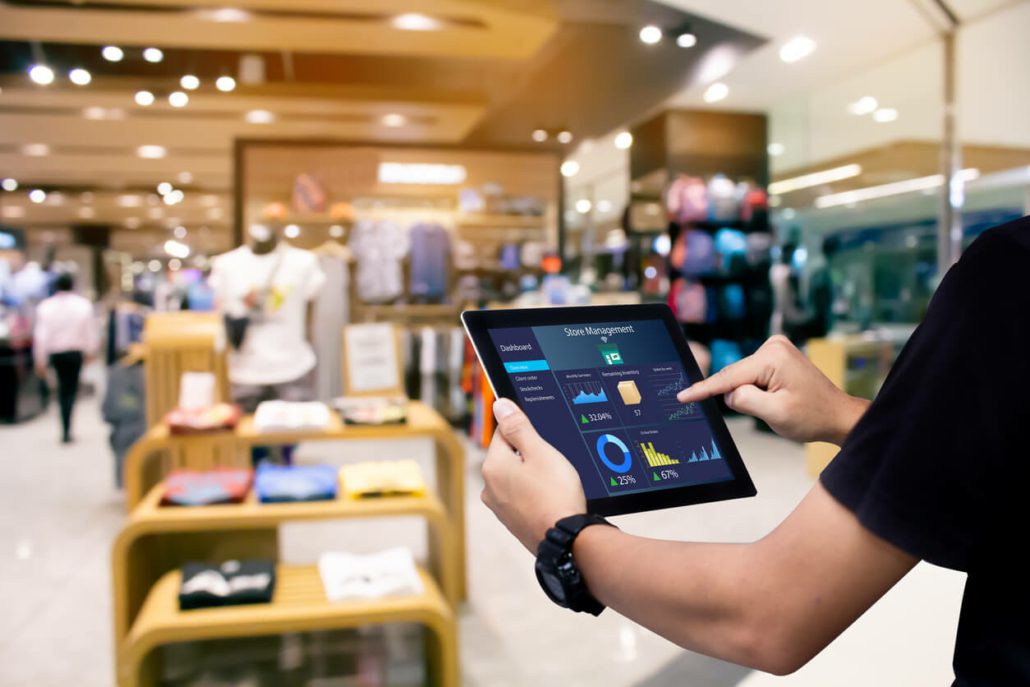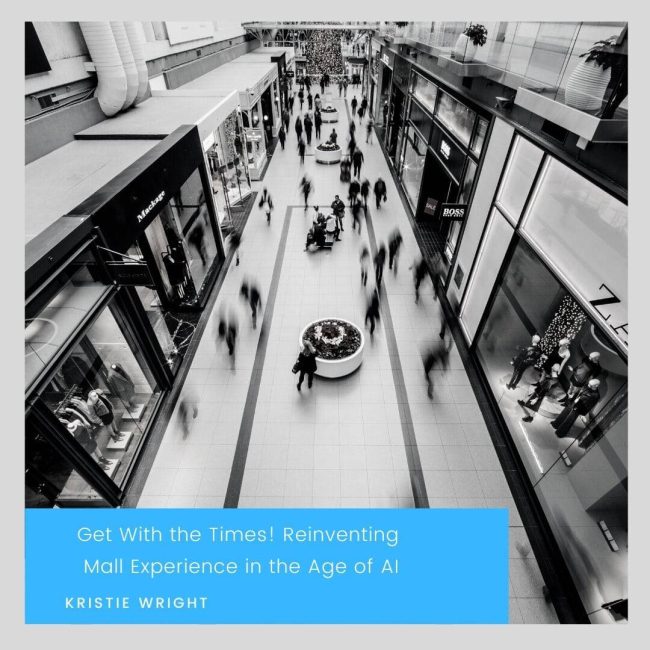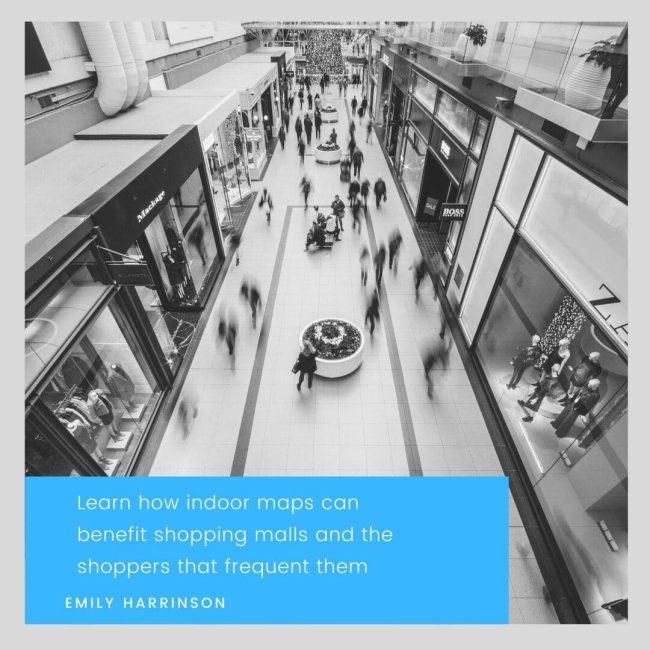Shopping malls marketing teams struggle to get new clients even after implementing different strategies and plans. There are better ways they can use to increase their visibility to customers, retain customers and increase sales. The team must understand which channels they can maximize to get better results and drive sales within the shopping mall.
Implementing effective strategies to attract new customers and drive sales can be a challenging task for shopping malls. However, it has been proven that certain methods can yield positive results. Utilizing influencers, offering discounts, leveraging technology, and implementing loyalty programs are just a few of the strategies that have shown promise.
By employing these strategies, shopping malls can overcome obstacles and achieve their sales goals. The article will cover 11 strategies shopping malls can implement to increase sales.
11 Ways How to Drive Sales in Shopping Malls
Marketing can be challenging if not done well and stressful to the management. It takes time and proper planning to tick all the boxes. Some of the main ways marketing teams can use to increase sales are as follows:
1. Use of Influencers and Bloggers
Shopping malls can pay influencers and bloggers to share mall products and services with their audience or community. The influencers include YouTube Creators, Tiktokers, comedians, bloggers, content creators, etc.
Malls must find the right influencers and create a good relationship with their brands. After selecting, the influencer you will work with, it is your turn to discuss with them about the campaign and their payment details.
You can either pay them using their fees, give them one of your products for a shout out or use an affiliate program where they are paid when someone buys through their links.
It will help you gain a new audience, leading to new customers. Most followers trust their influencers, and many will act according to what they say. It will increase your mall’s traffic due to the high exposure leading to more sales.
Influencers usually use the channel that works for them well. Some use Facebook, TikTok, Instagram, Snapchat, YouTube, and Websites through blog posts.

2. Running Active Social Media Campaigns
According to Statista, there are over 4.26 billion social media platforms, making it a nice place to display your shopping mall products and services. About 84% of the total users decided to buy something through what they saw on social media accounts.
Ensure that your shopping mall has a good online presence. It educates your clients about the products and services you offer at the mall. The marketing team can use different methods to visualize content, i.e., photos, videos, text posts, and webinars, to ensure conversations are going on. When creating all this, the content ensures it resonates with the audience by connecting and building a relationship with the buyers.
Social media also allows mall owners to get direct traffic from social media. When someone views a product and likes it on social media, they click on the link directing them to the shopping mall where they purchase it. Social media platforms like Facebook and Instagram provide the malls with chatbots and chats that can make the visitor a lead.
Shopping malls can also use social media to advertise what they offer. It makes the shopping mall reach a larger audience, with most of the reach interested in your products. They can later visit the mall physically or make them make direct purchases from their social media accounts. The channels provide analytics on how the ads perform, and you can use that to improve upcoming adverts.
It can also be a better place for companies to improve customer service. They can allow customers to find different information about the mall, ask any questions, provide feedback on what they want, and engage the team on other related queries.
The mall should train different individuals on how to approach and answer them. When they feel their questions were answered well, customers feel you care for them, and they have a high chance of buying your products and services.
3. Implement technology
Implement different technologies at the mall to leverage the customer’s data. Malls collect many data when dealing with customers, and they analyze data and create insights on how they can improve. Analyzing the data will enable you to develop better marketing strategies, understand well-performing products, which brand customers prefer, improve customer segmentation, etc., which, if done well, will drive your sales.
Proper technology measures can also improve the customer experience. It will enable you to understand customer behavior by analyzing their engagements, purchase history, and feedback and fix any issues they face. When they return, they will get a new experience, new changes, which will make them happy and keep shopping at your mall.
Technologies will also cut down some costs by eliminating any loss-generation avenues. Reduction of losses will lead to an increase in profits for the mall. It provides more actionable tips to be taken.
4. Use of Promotional Codes, Discounts, and coupons
Shopping malls can implement Promotional Codes, Discounts, and coupons as marketing strategies to increase sales. Using them pushes customers to buy your products. Before making any purchase, most customers research which platforms offer them discounts and coupons to save some cash. You can apply methods on all the channels of the shopping mall, from the physical stores, mall websites, social media marketplaces, etc.
Some of the common ways of implementing this method include:
- Using percentages: Malls reduce the original price using percentages, i.e., 10% off, 13% off, 8% off, etc.
- Using coupons. You provide customers with different coupons, which they can use for checkout, i.e., if it is the first time shopping, you use WELCOME, if it is the Christmas holiday you use BORNAGAIN2, etc.
- Bundle discounts: It only applies when customers purchase more than one product for example; buy two for only $8 instead of $20.
- BOGO promotions. It happens when you convince the customer to buy one and get another product free. It works well, especially when testing a new product in your mall.
All the above methods increase sales. They changed the customer’s psychology by making them feel special, as the mall has treated them well. It pushes customers to make more purchases leading to more sales. It also makes customers feel like they are getting more products free, making them buy more.
Some customers also feel they can save money in events using your coupons and discounts. It also reduces cart abandonment cases for those purchasing through the mall website and ensures you analyze the data to see if the strategy works well. The mall can also use that opportunity to ensure that products that sell poorly are run out of stock using discount programs.
It makes the customers spend a lot of money, which increases revenues. Shopping malls can also use other alternative methods to send coupons to those who will not come to the mall physically using digital methods like SMS, emails, advertisements, social media, etc.
5. Organizing events
Shopping malls should organize events on some days, especially the weekends and holidays. It will make customers come to the mall and enjoy themselves, providing the mall with a community as they interact with one another. The events should cover different aspects of life, from culture, music, dances, artists, and social bonding.
During the holidays or weekends, most customers are free and usually look for a cool place to spend some time. If your mall has a significant space remaining, you can allow event companies to hire your place at a fee to perform their events. It will increase people visiting your mall, and most will visit it to shop for different products.
If you conduct events regularly or after a specific period, you will have a strong community that will serve as your customers. It will be your responsibility to see how to maintain them, as they will keep coming every time there is an event. It will drive sales at the mall, having a big impact on revenue.
6. Understand the pick hours
Shopping malls have hours when many customers come and go shopping. After getting the hours, set up a schedule after getting the approximate number of customers that come during that hour. Most malls experience high traffic during the evenings and weekends as most come from jobs and are free on weekends.
Use different software like Point of Sales and Flame Analytics to get the approximate number. You can get the number of customers who walk in, their duration, store patterns, etc. Compare the numbers against other days. Develop different methods to increase the mall’s revenue, i.e., increasing workers during the pick hours, etc.

7. Introduce the Loyalty Program
Shopping malls should introduce loyalty programs where customers get rewards for shopping with them. Ensure your program is well designed to cover up the follow-up time and offer customers amazing offers. When you engage customers in a loyalty program, they will keep returning to help them accumulate more points to make them redeemable for a particular gift. It makes the customer more committed to the mall.
It also improves customer engagement, where they will communicate with you more often on your social media channels, provide more value to the mall and keep on buying, which greatly drive sales.
The mall should collaborate with different brands, for example, if a mall sells TVs, they can collaborate with SAMSUNG, where the customer can use some parts of the loyalty program plus cash to buy the electronics. It will make customers buy more to get the desired points to afford their dream brand cheaply.
It will also lead to high customer retention. They will keep coming to your mall, increasing overall sales and revenue. Having return customers is a good deal for malls compared to new customers who keep coming, and you may never see them again. It reduces churn rates, which can have a bigger impact on businesses.
8. Buy and Install an SSL certificate on your store
A shopping mall website should have an SSL certificate like Comodo SSL, RapidSSL, GlobalSign SSL, etc. All these SSL certificates have encryption that offers protection for both browsers and is easy to install. Customers who see the tune padlock on your site URL feel safe when shopping, making them trust your brand. When you have enough trust from your customers, the sales increases.
9. Using different entertainment methods
Introduce entertainment joints to your mall where customers can drink, eat and shop simultaneously. It will provide them with new experiences, making them spend more time at the mall. Some customers will keep coming to the mall due to the type of entertainment they get. Customers purchase products at the mall after enjoying themselves, which increases sales.
Another way to introduce entertainment is through gaming platforms. Introduce places where customers can pay and play games. Ensure the gaming center is near a food court, which makes customers buy food or related snacks when they need something to freshen up. It will affect the customer behavior, making them spend more time at the place and can end up making a purchase.
Entertainment is crucial as it plays an essential role in customer experience. Some customers can only visit malls that have entertainment joints. Customers go to the extent of coming with their families and friends if the mall entertainment is good, which automatically pushes them to shop when going away.
Families who visit the mall do it more often, increasing foot traffic. Providing enough places to play, especially for children, makes the mall the best place to stay. Making it a center of attraction will ensure that it is an excellent spot to relax for everyone. Good dwelling time promises a good customer experience, which drive sales and provides more revenue growth.
10. Speed up the shopping experience
When you deal with many customers, ensure that you have faster checkouts. Do not let customers stay long in the queues. Some customers can come to the mall, and when they see a bad shopping experience, they return the products and go away. Ensure you have enough staff and POS machines to reduce delays and long queues. When you serve customers fast, most return to the shop, increasing sales.
11. Introduce Free Shipping

If your shopping mall has an online, implement free shipping. Be keen on how you do it to avoid losses. When customers hear that a specific mall offers free shipping for shopping on their website. They will flock to the website, as they will feel that the shipping fee, which was a burden, is no longer there.
Most customers feel they have saved time and money they could have spent coming to the store. It will make the mall get more sales through the website leading to more profits. The malls can compensate the shipping fee by adding a small amount to the product’s price. Most customers will not notice as their attention is mainly on the free shipping. Be keen on how you handle the matter, as it can break or build your relationship with the customers.
Tips to drive sales in malls
Most shopping malls struggle to drive sales, particularly when they are new or have exhausted various marketing strategies. Effective planning and strategies can make a significant difference and enable the mall to reach its business and revenue objectives. If your mall operates an online shop, it is important to prioritize customer data security by implementing appropriate measures. While some methods may be relatively easy to implement, others may require more customer support and involvement.







